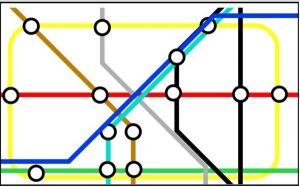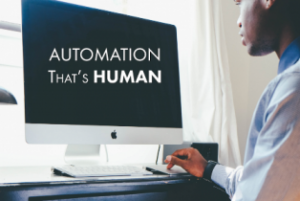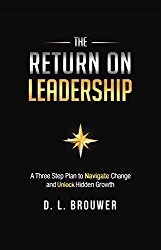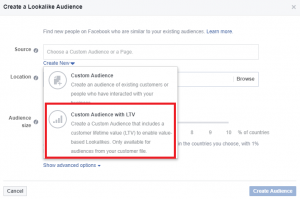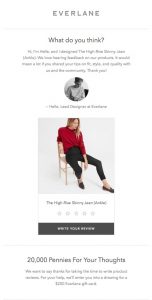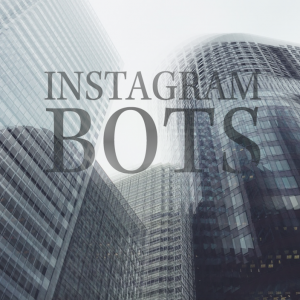At MarTech West, Digi-Capital’s Isabelle Hierholtz talked mobile AR strategy, and how brands like Houzz, Olay and Walmart are successfully leveraging it.
Isabelle Hierholtz, the user strategy director for the AR/VR/XR advisor company Digi-Capital, believes mobile AR advertising offers companies an easy place to start when trying to adopt a mobile AR strategy.
“This can be done with digital agency partnerships as a first step. It’s a good way to learn what works and what doesn’t,” said Hierholtz, “What’s more challenging is integrating mobile AR into your core business, which requires a bit more time and money.”
Hierholtz took the stage at the MarTech Conference in San Jose last week, leading the “Growing Marketing ROI with Mobile AR” session that was part of the technology track. She offered the audience insight on integrating mobile AR strategies into virtual, online and physical retail experiences, sharing examples to demonstrate how mobile AR is changing businesses.
The brands getting it right. During her session, Hieholtz pointed to a number of brands using mobile AR, including Lego, Houzz, Olay and Walmart.
Houzz, the interior design and home improvement site, reported its 3D mobile AR tool makes users eleven more times likely to purchase products on its website. The beauty brand Olay’s mobile AR personalized “skin advisor” tool was used by four million customers in over 10 countries and saw two-times the conversion rates with a 30 percent higher basket size for online orders.
“The Olay example illustrated what can happen at the intersection of AR, computer vision and artificial intelligence. Olay Skin Advisor partnered with AI specialist Nara Logics to deliver a personalized recommendations for a skincare regime using a selfie,” said Hierholtz.
“The data the company gathered helped to develop the Olay Whip range, and convinced retailers to give them additional facings that might not otherwise have been possible. It was their most successful launch in ten years.”
Using mobile AR to shrink core user loops. Hierholtz used Walmart’s mobile AR price-checking scanner as an example of how mobile AR can help shrink the core user loop — reducing the number of steps required for a user to go from point A to point B in any given customer experience.
“Ideally, for good customer or user experience, the loop should be as short as possible. In the Walmart example, which relied on computer vision, the mobile scanning tool made product comparisons at the shelf easier and faster. It shortened the decision making process of in-store shoppers, leading to both increased sales and customer satisfaction.”
The future of mobile AR. Houzz, Olay and Walmart are not alone on the mobile AR front. Hierholtz named a number of brands who are ahead of the curve when it comes to mobile AR strategies, including Burger King, Ikea, Wayfair, Starbucks, L’Oreal and Amazon. She estimates AR market revenue could reach $70 billion to $75 billion in the next five years — driven by mobile AR and smartglasses.
Smartglasses AR revenue would likely come from hardware and enterprise software or services, according to Hierholtz, but the mobile AR revenue could be attributed to ad spend and e-commerce sales.
“Some of the largest mobile AR ad spend categories are retail, automotive and CPG and consumer products, where mobile AR e-commerce is seeing categories like lifestyle (particularly furniture companies like Houzz), clothing, and automotive leveraging the technology.”
This story first appeared on MarTech Today. For more on marketing technology, click here.
Marketing Land – Internet Marketing News, Strategies & Tips
(70)
Report Post
